Quantifying Pesticide Residues in Botanical/Non‐botanical Dietary Supplements using GC/MS/MS and LC/MS/MS and QuEChERS Extraction
resources - Recent Conference Materials

A Fast, Sensitive and Comprehensive Assay to Quantify Pesticide Residues in Botanical and Non‐botanical Dietary Supplements using GC/MS/MS and LC/MS/MS coupled with QuEChERS Extraction Method
Introduction
Pesticides have been used over 4500 years, and pesticide residues in foods are often stipulated by regulatory bodies in many countries. Based on the types of pests, pesticides could be classified into herbicides, rodenticides, bactericides, fungicides, and larvicides. However, according to chemical structure, pesticides could be classified into organophosphate, carbamate, organochlorine, pyrethroid, triazines, triazoles, and neonicotinoids. This paper targeted to develop a fast, sensitive and comprehensive method to quantify 112 pesticide residues (see Table 1) in botanical and non-botanical dietary supplements with GC/MS/MS and LC/MS/MS coupling with “QuEChERS” (Quick, Easy, Cheap, Effective, Rugged, and Safe) and dSPE (dispersive solid phase extraction) method.
Methodology
Sample Preparation and Extraction:
About 3.00 grams of sample and internal standards (IS) were extracted by “QuEChERS” extraction method using H2O, HOAc, MeCN, MgSO4, NaOAc and ceramic homogenizer followed by dSPE method.
GC-MS/MS Conditions
GC system: Agilent 7890B GC system including 7693 auto-sampler (see Table 2 for parameters)
Column: HP-5MS (15m x 250 um x 0.25 um) (Agilent)
Oven Temperature Program: see Table 3.
MS detector: Agilent Triple Quadrupole 7000 D
Results and Discussions
Sample Extractions
For sample extraction, we started from using USP extraction solvent, which is proper for botanical matrix, but not proper for non-botanical matrix. The AOAC extraction solvent was then tried, but not proper for dry powder sample like dietary supplements (Table 5). More extraction solvents were further investigated, and Dyad Labs’ solvent can efficiently extract pesticides from both matrix (Figure 1). Different dSPEs were also compared for sample clean-up, and Agilent Fatty Sample dSPE (part#5982-5122) was selected for both matrix. During the sample extraction, some pesticides have hydrogen bonding with the active sites on container surface. In order to prevent this bonding issue, the analyte protectant solvent (sorbitol and gulonolactone in H2O) was used (Table 6). The final optimized extraction procedure is shown in Figure 2.
Specificity
The specificity results indicated that there is no interference between analyte and IS. The blank diluent and matrix extracts have no no interference at analyte and IS expected retention time. Thus, the method is specific. The representative chromatograms are shown in Figures 3-4.
Linearity
The curve range of 2.00-1,000 ng/mL, covering nine points at 2.00, 5.00, 10.0, 20.0, 50.0, 100, 200, 500 and 1,000 ng/mL, was successfully validated. Each pesticide has its own specific range among 2.00-1,000 ng/mL based on USP 561. The regression is quadratic with 1/x as the weighing factor (Figure 5). The correlation coefficient R2 is > 0.995 (Figure 5). The representative chromatograms for ULOQ were in Figure 6.
Accuracy and Precision
The accuracy and precision were investigated with post-spiking pesticides in blank botanical and nonbotanical matrix at lower, medium and high regions of the established range of the calibration curve (Tables 7-8).
Conclusion
This method is a fast, specific, sensitive and comprehensive method, and firstly published to simultaneously quantify 112 pesticides in both botanical and non‐botanical dietary supplements.

